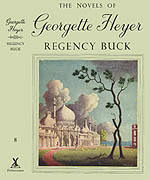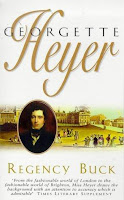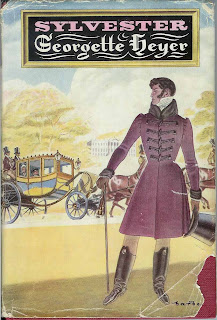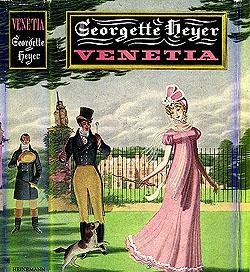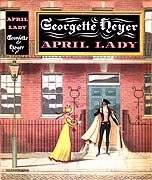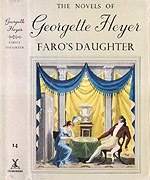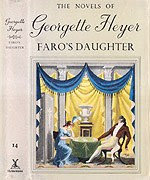 Diane’s post yesterday has me thinking about card-playing again, and my own novel that features the game of piquet, MY LADY GAMESTER.
Diane’s post yesterday has me thinking about card-playing again, and my own novel that features the game of piquet, MY LADY GAMESTER.
The first time I ever heard of piquet was when I read Georgette Heyer’s fabulous FARO’S DAUGHTER, in college. Heyer pulls off a neat (and very difficult) trick in this book — she has a lot of card-playing, and manages to make what is happening clear and interesting to the reader, even if the reader knows nothing at all about the game. “Piqued, repiqued, and capotted” sounded so exciting, even though I had very little idea what it meant!

Unlike Diane, I have long been interested in games, though it’s more a casual interest than anything. (In other words, at parties I’ll play cribbage and hearts, but not bridge, and though I’ve done a little war-gaming in my time, I usually give it a miss, preferring board games and party games.)
 When Todd and I were living in London, we decided to learn piquet. Before long, we were true fans of the game, and developed our own little tricks and strategies. (I gave some of mine to Atalanta, because I know they work!)
When Todd and I were living in London, we decided to learn piquet. Before long, we were true fans of the game, and developed our own little tricks and strategies. (I gave some of mine to Atalanta, because I know they work!)
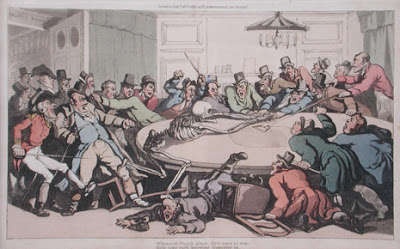 Later, I had the opportunity to work with Kristen Skold on writing an understandable “translation” of parts of her Regency-era Hoyle’s, for the Beau Monde’s annual soiree. This was the first time I had to figure out a game not just from a book, but from an awkwardly written, very non-user-friendly Regency book! It was quite a challenge — occasionally too much. (I never did figure out lansquenet — either the version in that book was incorrect, or I was missing something, because what I got from it was quite unplayable.) So now I know how to play cassino, commerce, loo, Pope Joan, speculation, and (theoretically) whist.
Later, I had the opportunity to work with Kristen Skold on writing an understandable “translation” of parts of her Regency-era Hoyle’s, for the Beau Monde’s annual soiree. This was the first time I had to figure out a game not just from a book, but from an awkwardly written, very non-user-friendly Regency book! It was quite a challenge — occasionally too much. (I never did figure out lansquenet — either the version in that book was incorrect, or I was missing something, because what I got from it was quite unplayable.) So now I know how to play cassino, commerce, loo, Pope Joan, speculation, and (theoretically) whist.
 For many games, the only way to really figure out how it’s played (and find out if you’re reading the rules right) is to play it. However, a lot of the games I named above are what Jane Austen called “round games” — and they need more than two players. Luckily, I have plenty of stuffed animals, and they helped me figure out how to play commerce, loo, etc. I would sit them in a circle, deal out a hand to each, and then play each hand in turn. (It’s much easier to remember who did what than if you just deal out hands to nobodies.) In addition, I learned that my hedgehog wearing a Santa hat (which I got for a pound in a cheapo East End Christmas shop) is really good at cards — he kept winning. (Now whenever I see the term “card shark,” I know secretly it should be “card hedgehog.”)
For many games, the only way to really figure out how it’s played (and find out if you’re reading the rules right) is to play it. However, a lot of the games I named above are what Jane Austen called “round games” — and they need more than two players. Luckily, I have plenty of stuffed animals, and they helped me figure out how to play commerce, loo, etc. I would sit them in a circle, deal out a hand to each, and then play each hand in turn. (It’s much easier to remember who did what than if you just deal out hands to nobodies.) In addition, I learned that my hedgehog wearing a Santa hat (which I got for a pound in a cheapo East End Christmas shop) is really good at cards — he kept winning. (Now whenever I see the term “card shark,” I know secretly it should be “card hedgehog.”)
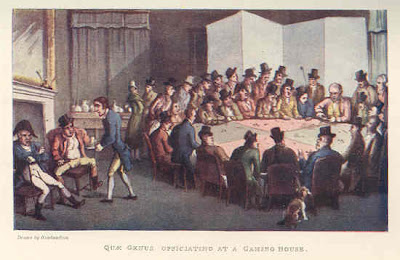 Eventually, when I was looking for a hook for a new manuscript, I thought, “What do I know particularly well about the Regency? Hmm… Oh, yeah, cards!” And the fair Atalanta was born.
Eventually, when I was looking for a hook for a new manuscript, I thought, “What do I know particularly well about the Regency? Hmm… Oh, yeah, cards!” And the fair Atalanta was born.
Of course, then I had the same task as Heyer: how to explain the card-playing in such a way that it’s dramatic, and works both for those who are Regency card experts, and those who’ve never even heard of piquet or cassino.
It was hard, I admit! My first impulse was to describe too much — but I had a few good critiquers who wrote “huh?’ and the like in the margin whenever the gaming confused or bored them.
Actually, I think the hardest thing for me was to stop pronouncing the game “PICKett” (which I could’ve sworn the first dictionary I checked gave as its pronunciation!) and instead train myself to say piKETT. Oh, well, maybe writing the book was a tad bit harder.
Maybe.
Do, do you like to play card games? Are you a bridge player? Have you ever played piquet?
What are your favorite books that include gambling or cards?
Cara
Cara King, author of MY LADY GAMESTER:
150% More Card-Playing Than the Leading Regency! Guaranteed!
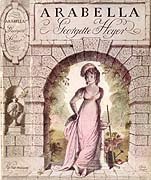 Georgette Heyer. Frequently imitated, never duplicated. Yes, other authors have done wonderful things, splendid, hilarious, beautiful things — but these are their own wonderful things. No one can replicate Heyer’s touch, Heyer’s style, and the wise do not try.
Georgette Heyer. Frequently imitated, never duplicated. Yes, other authors have done wonderful things, splendid, hilarious, beautiful things — but these are their own wonderful things. No one can replicate Heyer’s touch, Heyer’s style, and the wise do not try.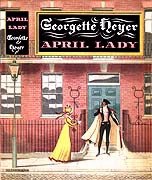 So . . . what are your favorite Georgette Heyer books?
So . . . what are your favorite Georgette Heyer books? Do you like her early, 18th-century books, full of masquerades and highwaymen and Scarlet Pimpernel-influenced escapades? These Old Shades, Powder and Patch, The Masqueraders, The Convenient Marriage? Or do you like just some of these, and not others?
Do you like her early, 18th-century books, full of masquerades and highwaymen and Scarlet Pimpernel-influenced escapades? These Old Shades, Powder and Patch, The Masqueraders, The Convenient Marriage? Or do you like just some of these, and not others?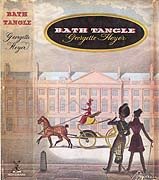 Do you like her more serious romances? Her more farcical ones?
Do you like her more serious romances? Her more farcical ones?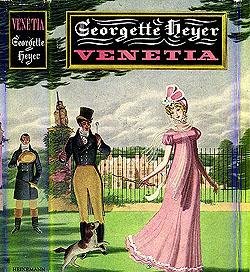 Have you read Heyer’s mysteries? Her modern novels? If so, do you like them at all?
Have you read Heyer’s mysteries? Her modern novels? If so, do you like them at all?

